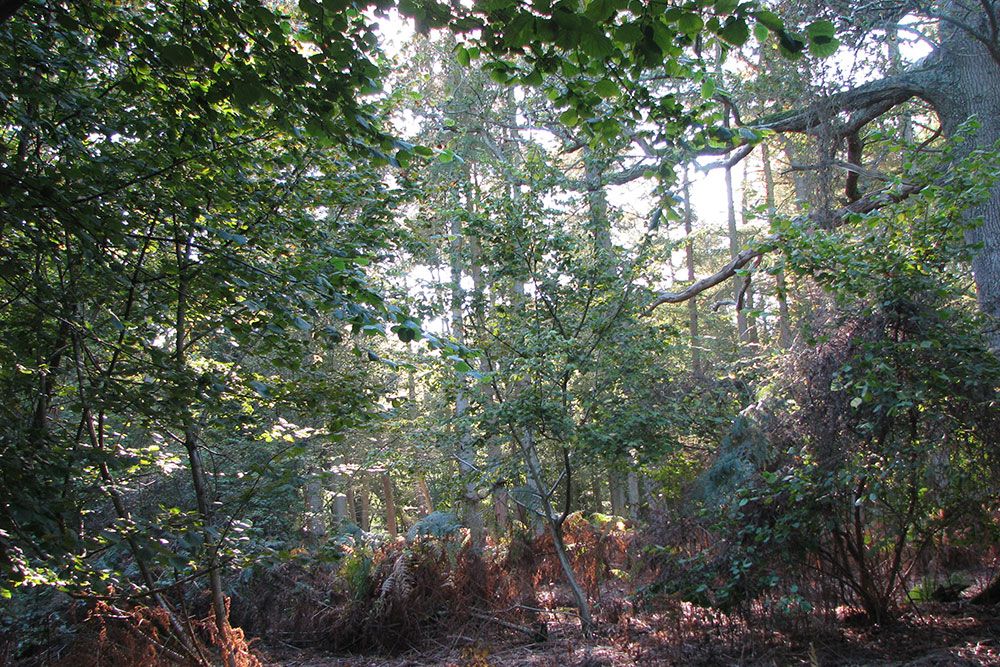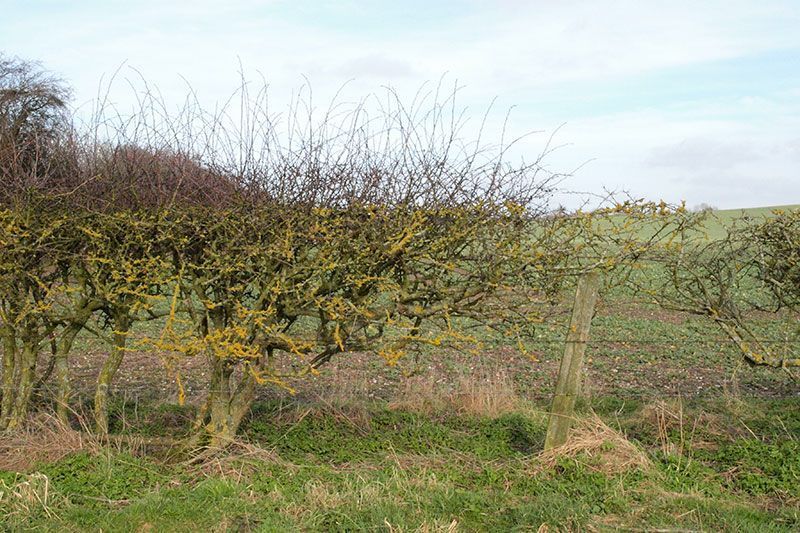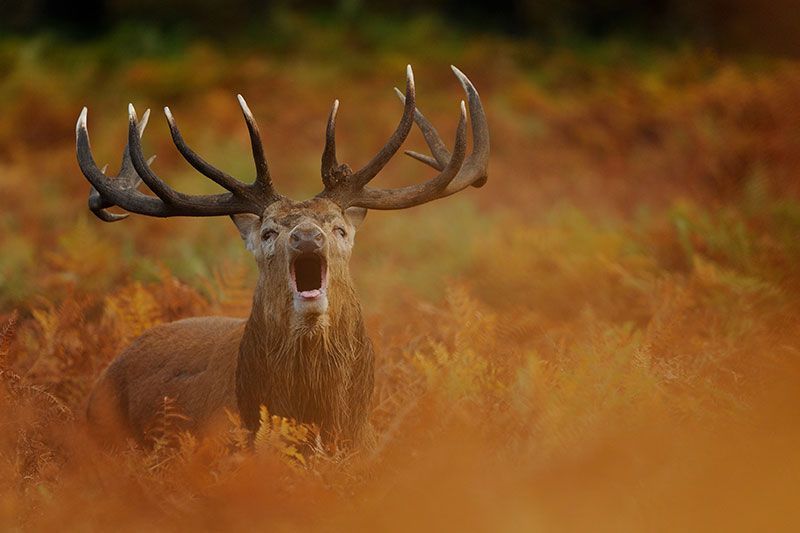Problems facing hazel dormice

The three main threats affecting dormice are:
- inappropriate or lack of long-term woodland and hedgerow management
- fragmentation of woodlands and hedges
- our variable maritime climate of warm winters and wet springs
Woodland and hedgerow management
Woodlands were widely used in the past to provide fuel, timber and materials for hedging. Timber trees were felled and new saplings planted and allowed to develop, coppice was cut in regular cycles and hedges laid and managed resulting in a variety of types and sizes of woodlands within the countryside connected by a network of hedges. Woodlands remain important for timber production, for their amenity value and as a habitat for wildlife.

Dormice breed slowly, disperse poorly and generally live in older woodlands with a well-developed understory often linked by old hedgerows. They prefer not to come to ground so desire a good connected matrix of stems, branches and twigs to get around. Dense scrub will also give them secure nest sites in which to raise their young. Inappropriate, or lack of, management reduces the botanical diversity and associated animals in our woodlands. Despite the revival of coppicing in some areas, many woodlands have changed too drastically to support dormice.
Landscape fragmentation
Changing in farmland practices have left many hedgerows degraded or lost. Due to this loss of hedgerows, many woodlands are isolated within the landscape and woods that have lost their dormice are highly unlikely to be repopulated.
Climate
Dormice need to reach 15-18g to survive a winter hibernation during which they will lose about 30% of their body weight. They naturally wake during hibernation to excrete waste products, but the likelihood of them waking increases if winter temperatures fluctuate widely. Our monitoring records suggest that 40-70% of dormice die over winter – this is the greatest survival threat to an individual dormouse. Wet springs and summers may impact on a dormouse ability to breed.
Other threats
In addition to the main threats to dormice there are other factors that can affect them such as direct predation or indirect impacts on their habitat or food sources.
Dormice live at low densities, even in ideal habitat, and aren’t generally predated. But owls, weasels, grey squirrels and cats will eat them when active, and badgers and wild boar will eat dormice hibernating at ground level.

In Britain deer are a great threat because of their high density, currently estimated at two million animals, more at any time since the last ice age. Deer severely reduce woodland regeneration where dormice live. Red deer and roe deer are native, but a further four species have been introduced to our island. Fallow deer and muntjac potentially have the greatest impact on woodland regeneration.
Grey squirrels have a high consumption of hazelnuts in the autumn, possibly depriving dormice of an important food source, although there’s no hard evidence that dormice are in decline due to a lack of food. It’s also possible that dormice, which weigh about 20g, are able to access hazelnuts that squirrels weighing about 500g aren’t.
We have been working to save hazel dormice in the UK for over 20 years. Find out about our campaigns and how you can help:
Go back to About hazel dormice
